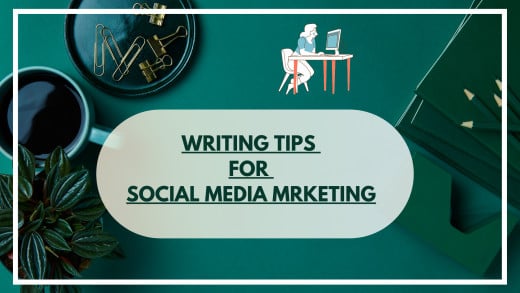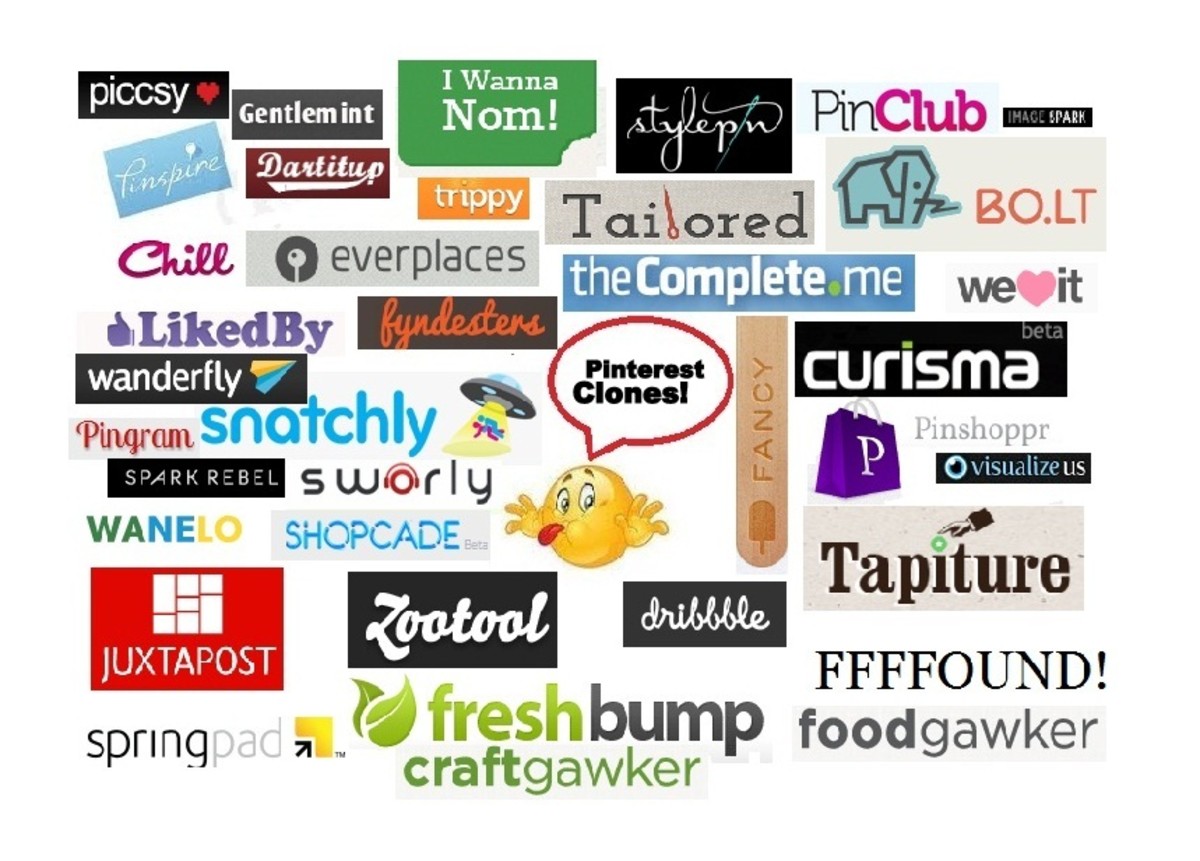- HubPages»
- Business and Employment»
- Marketing & Sales»
- Internet Marketing
5 Effective Writing Tips to Upscale Your Social Media Marketing Game
Introduction
Today, social media has become not just a choice but a need for every business. For many businesses, bloggers, and publishers, it is the only stream of revenue.
When it comes to brand awareness and audience engagement, there is no better thing tool than social media. But all these would be a total waste if your social media posts are not up to the mark and are full of writing jargons.

To build your brand’s trust and engage viewers, you need to write in a way easily understood by a large audience.
Leveraging social media has become a need and this would give you a boost in your SEO as well.
So, as you see, it has manifold benefits to write good content on social media.
In this article, I will discuss five such effective yet easy-to-follow ways social media content writing tips through which you can make your post attractive and engaging:
1. Draw Out Research
Randomly developing content for social media posts without research is like sailing without any direction.
Until and unless you carry out proper research about the post and the target audience’s needs, the content may not look that effective and relevant every time.
Although researching for the new content is crucial, over-thinking about it will take a lot of your time.
Important!
Just explore the ocean of the internet to shortlist two or three core ideas, and finalize a theme to craft your post.

Doing this will save you time and hard work and helps you write better social media posts.
Take out some time to research about your target audience and their demographic needs and wants. The more you grasp the mood of your audience, the better you can develop the content and up your social media marketing.
2. Develop Different Types of Content for Each Platform
Every social media channel has its own set of tools and features.
When writing for social media platforms, your primary goal should be to keep in mind what type of content works on which platform.
You should weigh each social media and analyze it to see what type of content gets shared the most and receive a better response from the audience.
For example, Instagram is ideal for sharing visual content, such as images and videos. There are several other exciting features on Instagram that you can use to connect potential buyers. These include IGTV, live sharing, etc.
Twitter, on the other hand, is all about sharing important news, announcements, or posts, in fewer words.
LinkedIn is suitable for sharing detailed and formal text posts. Then there’s Facebook that can be called as the king of all social media as here almost all kinds of content work well, be it images, videos, texts, or a combination of all of them.
So, you will need to weigh each of these social media to understand them and write attractive content accordingly.
3. Don't Forget the Hashtags
While the above two steps usually come before actually writing the posts, this tip is for when you’re trying to publish your posts on social media.
If you’ve used any social media platform, you must have already known about hashtags. But not everyone truly understands how to use it effectively without sounding desperate for likes and audience engagement.
- When you’re writing social media posts on any platform, you must use some of the most common and related hashtags to your topic.
- Hashtags help you boost your relevancy and this in turn helps you reach the right audience.
- There are several benefits of using hashtags, but you shouldn’t overboard in terms of their usage.
- Using too many hashtags makes your post looks bad and at times fake.

Of course, you shouldn’t use hundreds of hashtags in your post just to reach more audiences. This technique is used by people who focus more on quantity rather on quality.
Using a couple of relevant hashtags (around four-five in exact number) will be enough for you. But even if you’re using them a little more or less, it won’t make your post look bad.
4. Write a Compelling CTA
Merely writing for social media posts will not be enough for you.
You would want users to do something when visiting your social profiles. And words or phrases that encourage or inspire the audience to do something are called call-to-action.
By reading these terms, a user can decide whether to do an action or not.
CTAs are one of the most effective organic techniques to push the reader one step ahead to take some action on your page.
If you don’t write a solid CTA on social media posts, you won’t be able to make the most of your audience.
To write an appealing CTA on social media, you can:
- Ask your audience to subscribe to your newsletter
- Guide users to a website or web page
- Encourage them to share their thoughts
- Ask your audience a Yes/No question
I’m sure, if you follow these pro-CTA tips, you will create an awesome CTA on your social media posts.
5. Develop a Consistent Writing Tone
If you want to have a fruitful social media success, you will need to follow consistency in your posts.
Consistency in your writing tone and language flow is extremely important to give your content a professional yet attractive look.
Your writing says a lot about you or your brand. So, try to develop the tone your audience is more likely to understand and relate.

For instance, if you’re following an informal tone in your social media writing up until now, it would not be great for you to change it to formal and then again to informal.
Whatever you choose, it should be consistent since the beginning. This will make your audience expect the language you speak and better connect with you.
Conclusion
Writing on social media is fairly easy for most people. But when it comes to writing to the point, concisely and appealingly, a lot of people struggle in it.
To write and curate better social media posts, you should avoid any jargon in your writing, think from the reader’s perspective, and should always have your target audience in mind.
Every word that you type counts on social media. Try to write as many actionable words as possible at the end of your post.
If you follow the above-mentioned effective tips, you will gradually improve your writing and boost your social media game.
Did you like reading the article? Did it give you the information that may be useful for you? I'd be happy to know your thoughts in the comment below.
This content is accurate and true to the best of the author’s knowledge and is not meant to substitute for formal and individualized advice from a qualified professional.
© 2020 Nikhil Sharma








